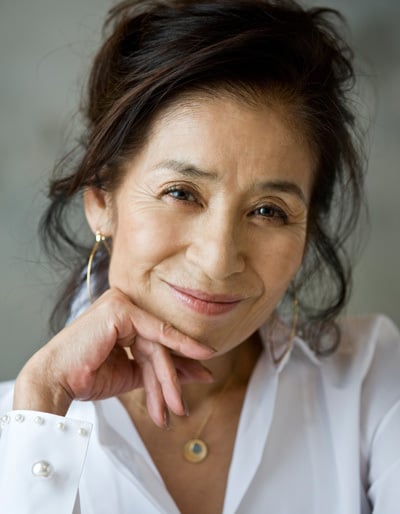
From Wikipedia, the free encyclopedia
Mitsuko Baisho (born 22 November 1946 in Ibaraki Prefecture, Japan) is a noted Japanese actress, whose most internationally known work has been for director Shohei Imamura, from 1979 up to the director's final film in 2002. Baisho has also been in films of Akira Kurosawa. She also won the awards for best actress at the 10th Hochi Film Award for Love Letter and Ikiteru uchi ga hana nano yo shindara sore made yo to sengen.She also won the award for best suppo
Gender: Female
Born On: 22-Nov-1946
Last Info Sync: 9/13/2018 3:39:00 PM
Mitsuko Baisho's Filmography on TV
List of programs starring Mitsuko Baisho on tv. Programs are sorted in order of last seen on tv. Last updated: Jun 30, 2024 3:39 PM
Risking It All (2015)
Yamakura of the Kobe Fire Department aspires to wear the vaunted “orange” uniform of an elite rescue force that only 3% of all firefighters can attain. But to do so, he and his fellow trainees must suffer through the most rigorous training. As Yamakura and his fellow trainees grit their teeth and complain, their superior officer, Sakurai, impresses upon them the lessons of the Great Hanshin Earthquake (Kobe Earthquake) 20 years ago as “the only time we ever lost.” What happened on the front line
September 11 (2002)
Filmmakers from all over the world provide short films – each of which is eleven minutes, nine seconds, and one frame of film in length – that offer differing perspectives on the 9/11 terrorist attacks.
Taan (2001)
Maki is a talented copper plate artist, however, just before her first gallery show, she gets struck by a truck. When she comes to she is at home. When she ventures outside, the city is deserted and she knows something is deeply wrong. Each day repeats; she wakes up at 2:15 in the afternoon. Gradually things start change, the phone rings, and she finds that she is not alone...
Narayam (1983)
In a small village in a valley everyone who reaches the age of 70 must leave the village and go to a certain mountain top to die. If anyone should refuse he/she would disgrace their family. Old Orin is 69. This winter it is her turn to go to the mountain. But first she must make sure that her eldest son Tatsuhei finds a wife.
Why Not (1981)
The film depicts carnivalesque atmosphere summed up by the cry "Ei ja nai ka" ("Why not?") in Japan in 1867 and 1868 in the days leading to the Meiji Restoration. It examines the effects of the political and social upheaval of the time, and culminates in a revelrous march on the Tokyo Imperial Palace, which turns into a massacre. Characteristically, Imamura focuses not on the leaders of the country, but on characters in the lower classes and on the fringes of society.
Kagemusha (1980)
When a warlord dies, a peasant thief is called upon to impersonate him, in order to protect his clan from appearing weak and vulnerable. But he finds himself haunted by the warlord’s spirit as well as his own ambitions.
